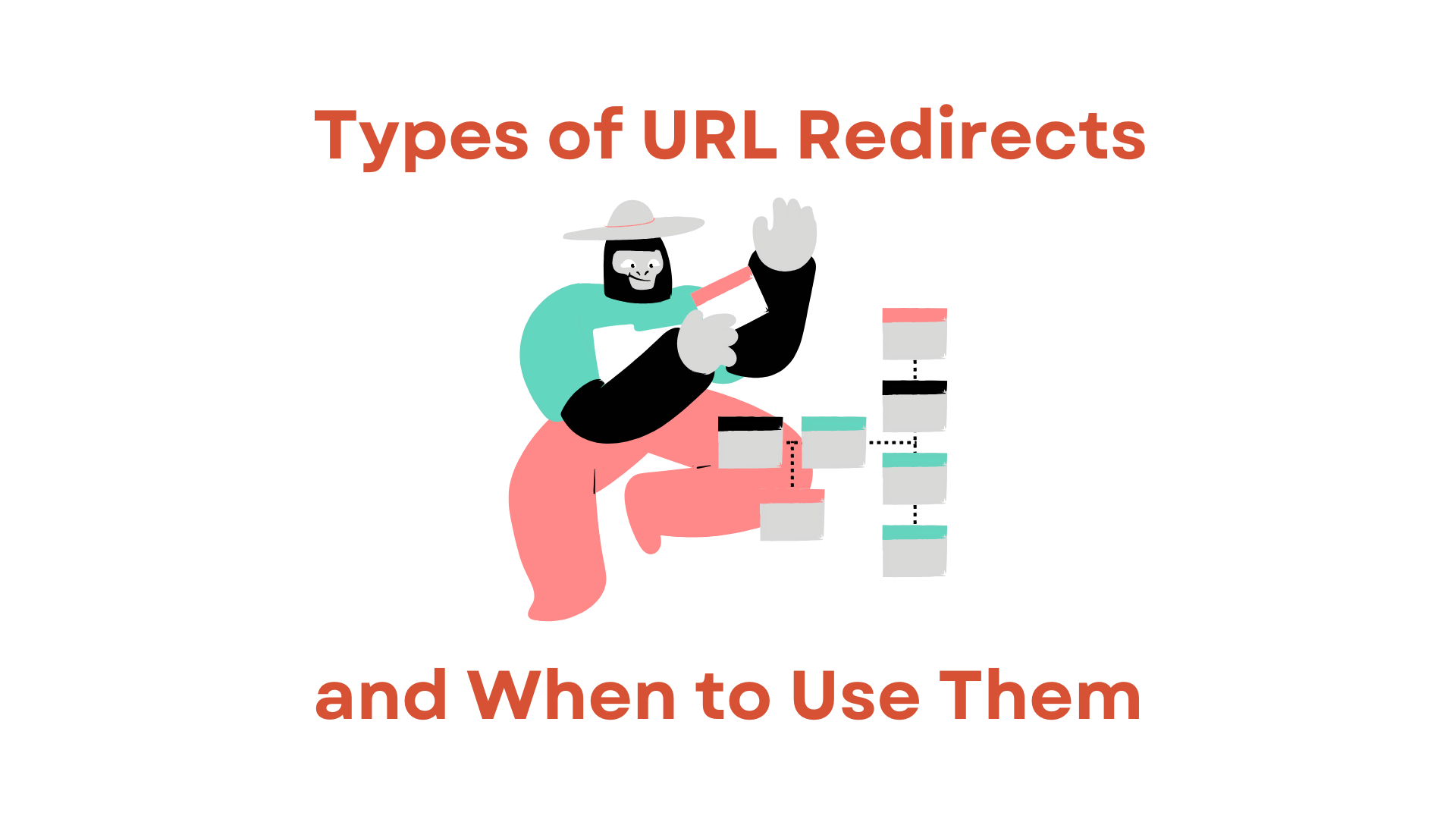As opções de correspondência da RedirHub permitem que você configure configurações de redirecionamento intrincadas sem esforço.
Primeiro, verificamos nosso banco de dados em busca de um redirecionamento que corresponda ao caminho completo da URL. Por exemplo, se uma solicitação para www.example.com/path?query-string=1 for recebida, procuramos essa correspondência exata. Se encontrado, usamos o destino especificado. Se não, passamos para o próximo critério de correspondência:
- Caminho de correspondência exata (diferenciação entre maiúsculas e minúsculas): www.example.com/path
- Sem caminho: www.example.com
- domínio raiz (funciona apenas na versão www do domínio): example.com
- Domínio curinga: *.example.com
Se nenhuma dessas condições for atendida, uma página 404 é apresentada. Para evitar isso, recomendamos configurar um redirecionamento de “caminho raiz” para garantir que seus usuários sempre tenham um destino válido.
Mais sobre isso abaixo.
Encaminhamento de URI = sem preferência em correspondência raiz
Quando uma solicitação chega sem um caminho especificado (ou seja, a página inicial), priorizamos fontes com o encaminhamento de URL desativado. Isso permite a seguinte configuração:
• Redirecionamento 1: example.com/ -> new.com – Encaminhamento de URI = sim
• Redirecionamento 2: example.com/ -> new.com/nova-página-inicial – Encaminhamento de URI = não
Nesta configuração, uma solicitação para example.com (a página inicial) será redirecionada para new.com/nova-página-inicial, enquanto todas as outras solicitações vão para new.com/$PATH$ conforme especificado pela fonte.
Correspondência não encontrada
O que acontece quando um pedido de redirecionamento não encontra uma correspondência?
Caminho não encontrado
Vamos supor que você tenha esses redirecionamentos configurados:
• https://example.com/ -> https://new-domain.com
• https://example.com/contact -> https://new-domain.com/contact-us
Exemplo 1: Um usuário visita https://example.com/contact e é corretamente redirecionado para https://new-domain.com/contact-us.
Exemplo 2: Um usuário visita https://example.com/old-contact-page, que não corresponde exatamente a nenhum caminho. O RedirHub então verifica se há um redirecionamento para https://example.com/. Se encontrado, o usuário é redirecionado para https://new-domain.com. É por isso que sempre recomendamos configurar um “redirecionamento de caminho raiz” para evitar erros 404.
Recomendamos isso em nossa interface automaticamente para garantir uma experiência de usuário sem interrupções.
Como recorremos ao caminho raiz quando nenhuma correspondência é encontrada, seus visitantes não encontrarão uma página 404. Se você tiver uma necessidade específica de uma página 404 personalizada, nos avise e podemos reconsiderar nossa abordagem.
Hostname não encontrado
Se o hostname não for encontrado (ou seja, não configurado no RedirHub), não podemos redirecionar a solicitação. Nesse cenário, uma página “404 não encontrada” é exibida.
Quer personalizar a marca nesta página de erro? Você pode utilizar um IP Dedicado para mais controle. Confira nosso artigo sobre IP Dedicado para mais informações.



